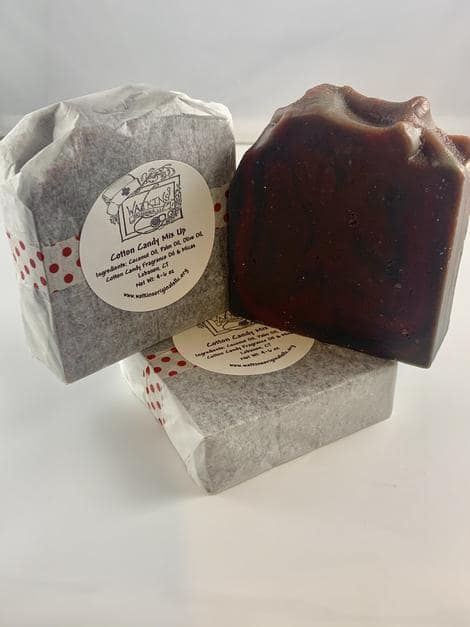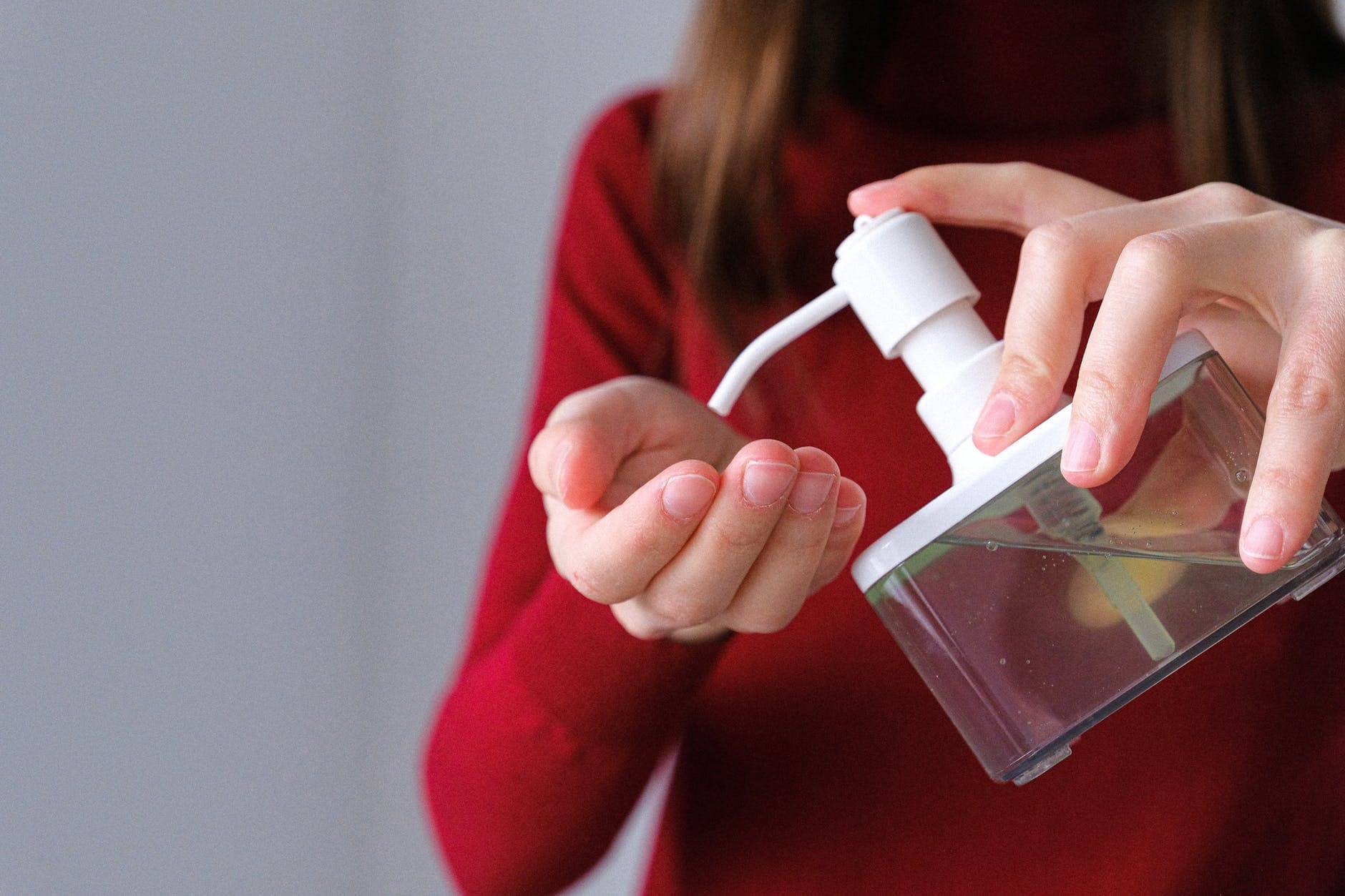With Covid-19 hysteria, people are paying more attention to hygiene and hygiene products. Below, I’ll explain why I believe hand soaps are a far superior option to to liquid hand sanitizers and I’m also sharing with you 20% off my favorite soap on the planet, just by reading this page. To get 20% off your entire order of Watkins Originals Soaps just click this link and use promo code: tonyshealthtips during checkout). Full disclosure, the soap company is run by my sister, she uses great ingredients and I full trust my largest organ (the skin) with her products.

This pattern prompted the National Resource Defense Council Scientist Kristi Pullen Fedinick to say that U.S. citizens should ,“not be the testing ground for unproven chemicals……Chemicals with data gaps in safety and efficacy should not end up in the homes of unsuspecting consumers.”
Hand sanitizer concerns
In July alone, the Food and Drug Administration (FDA), issued four different alerts about dangerous hand sanitizers. Despite the fact that the FDA acknowledges that ethanol-based hand sanitizers are increasingly contaminated with the dangerous chemical methanol, and we know methanol in hand sanitizer is killing people, the Center for Disease Control (CDC) continues to recommend hand sanitizers which contain at least 60% ethanol.
Ethanol being contaminated with methanol is nothing new, but it’s becoming more common and the creepy thing is nobody knows for sure why it’s happening, there are only theories. What’s alarming is that while ethanol 
Concerns with hand sanitizers don’t stop with methanol contamination. In 2014, Minnesota became the first state to ban the ingredient Triclosan. Unfortunately, the ingredient remained in products until 2017 because the state government gave the industry three years to phase the chemical out. When the FDA banned the ingredient, it did so only only in soaps (it’s still found in mouthwashes and toothpastes).
The FDA has (finally) acknowledged the science is concerning on triclosan, noting:
“Some short-term animal studies have shown that exposure to high doses of triclosan is associated with a decrease in the levels of some thyroid hormones. But we don’t know the significance of those findings to human health. Other studies have raised the possibility that exposure to triclosan contributes to making bacteria resistant to antibiotics.” – FDA, late to the science party as usual
One study found that the “appearance of liver tumors in mice following 18 months of exposure to 0–200 mg/kg/day triclosan in diet.” In urine studies, triclosan was found in 75% of the population. Another study found it in 100% of pregnant women in New York City.
But triclosan is one of many chemicals in hand sanitizers (and soaps) to be concerned about. Sufficient research doesn’t need to be done on products prior to going on the market. Instead, the FDA allows the industry to conduct its own research and submit it to the agency after it’s already on the market (seriously). So, products are constantly being banned after harming us. In fact, last year, the FDA banned 28 more ingredients in hand sanitizers and soaps.
Soaps
I am a big fan of bar soap over hand sanitizers and pump soaps, but not all soaps are created equal. Most mainstream soaps (the ones you see advertised on television) contain dyes, and other chemicals that one day might end up being banned by the FDA after being on the market. For instance, triclosan’s most common replacement in soaps, the pesticide chloroxylenol, killed sprague dawley rats in Environmental Protection Agency (EPA) studies at very high doses.
A general rule of thumb for finding healthy soaps is finding labels with the least amount of ingredients, and with ingredients you can easily pronounce. That’s why I’m absolutely in love with my soaps from Watkins Originals.
Sources: Dinwiddie, Michael T et al. “Recent evidence regarding triclosan and cancer risk.” International journal of environmental research and public health vol. 11,2 2209-17. 21 Feb. 2014. https://cen.acs.org/safety/consumer-safety/US-FDA-finalizes-hand-sanitizer/97/web/2019/04; https://www.federalregister.gov/documents/2016/09/06/2016-21337/safety-and-effectiveness-of-consumer-antiseptics-topical-antimicrobial-drug-products-for; https://chemicalwatch.com/50272/companies-replace-triclosan-with-unproven-chemicals; https://archive.epa.gov/pesticides/reregistration/web/pdf/3045.pdf; Ohimain, Elijah Ige. “Methanol contamination in traditionally fermented alcoholic beverages: the microbial dimension.” SpringerPlus vol. 5,1 1607. 20 Sep. 2016; https://www.cbsnews.com/news/minnesota-first-state-to-ban-triclosan-germ-killer-soap/; Urinary concentrations of triclosan in the U.S. population: 2003-2004. Calafat AM, Ye X, Wong LY, Reidy JA, Needham LL. Environ Health Perspective. 2008 Mar; 116(3):303-7.; Lu S., Archer M.C. Fatty acid synthase is a potential molecular target for the chemoprevention of breast cancer. Carcinogenesis. 2005;26:153–157.


2 thoughts on “Investigating soaps and hand sanitizers”
Pingback: Tony's 1- hour podcast interview | Tony's Health Tips
Pingback: The frozen cucumber trick explained | Tony's Health Tips